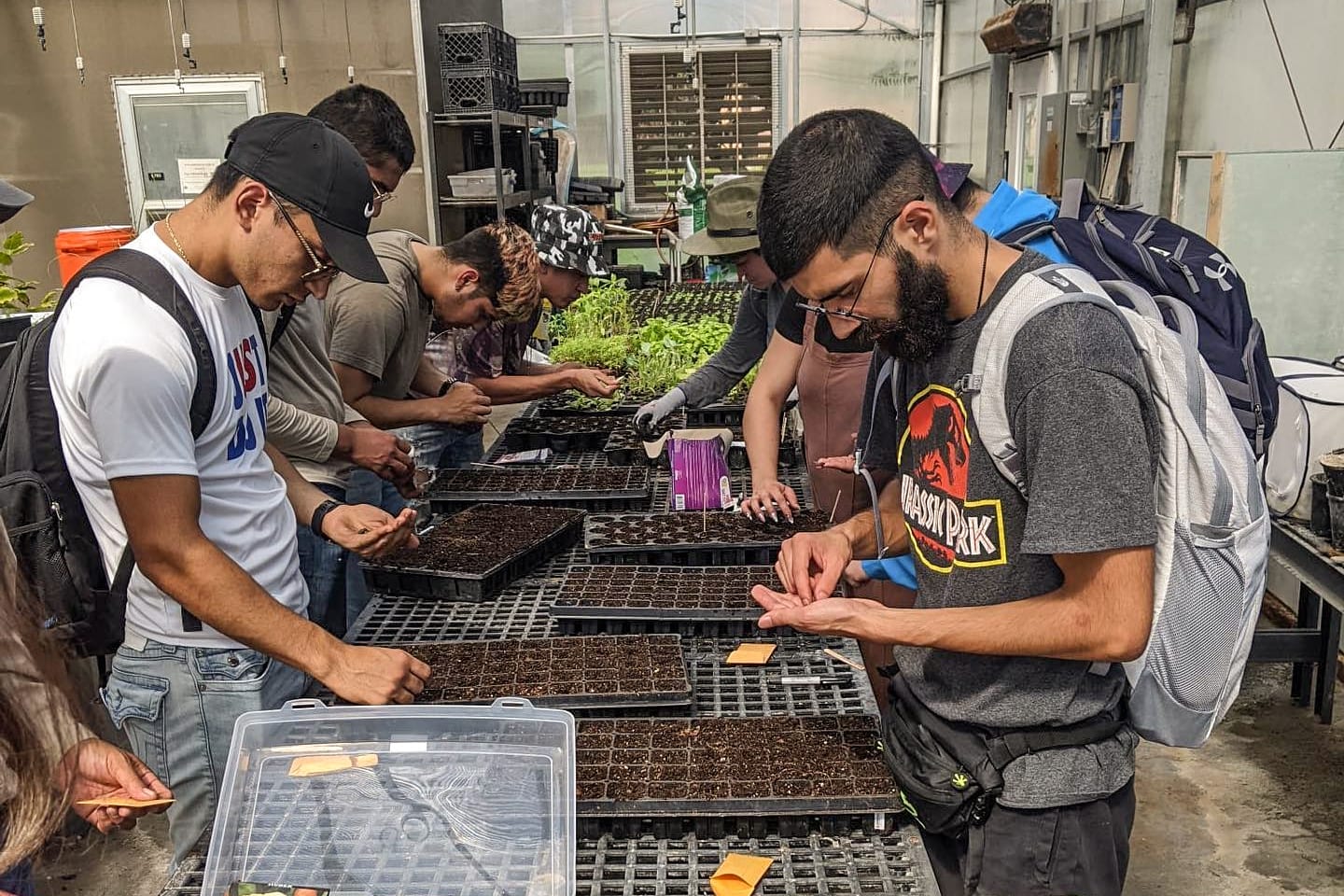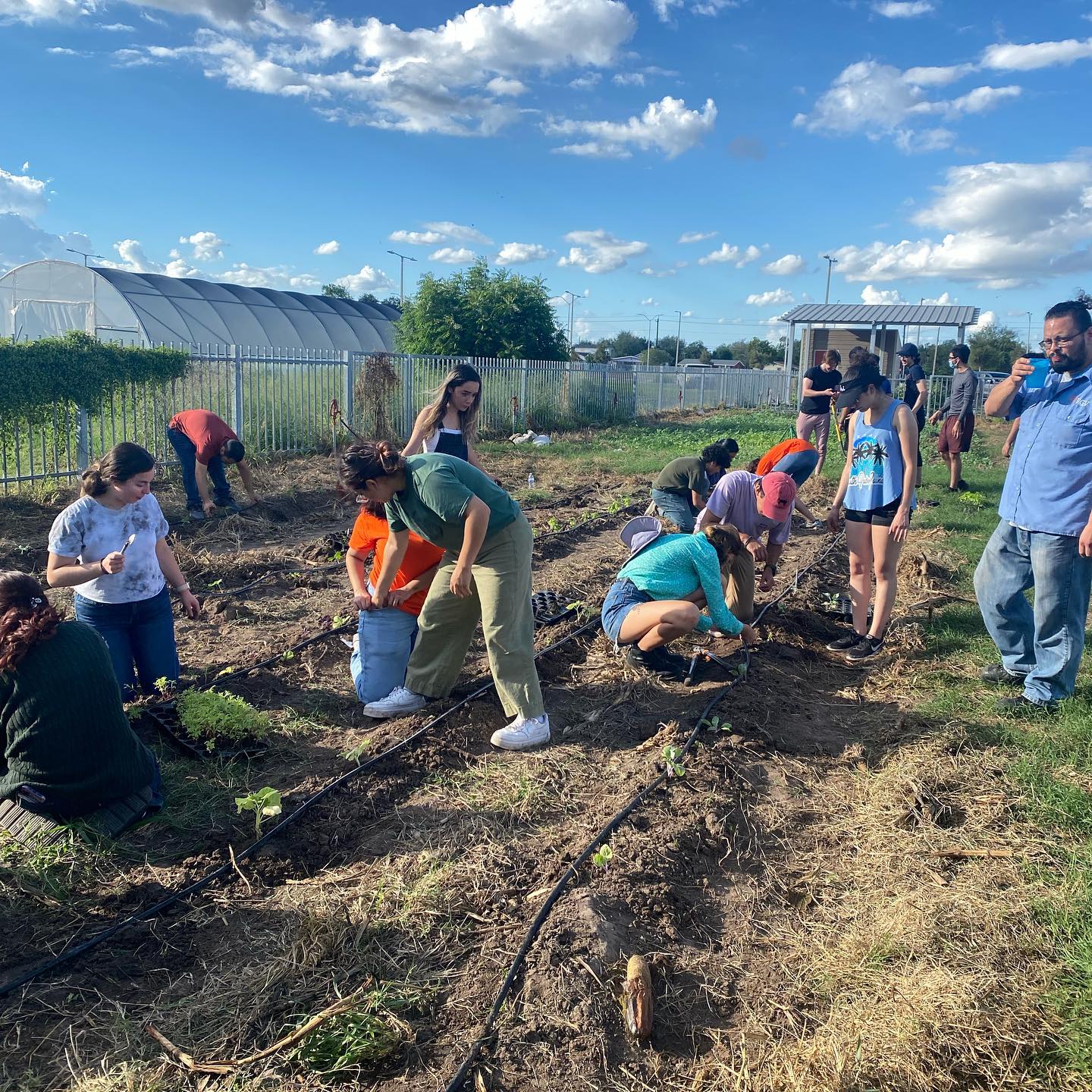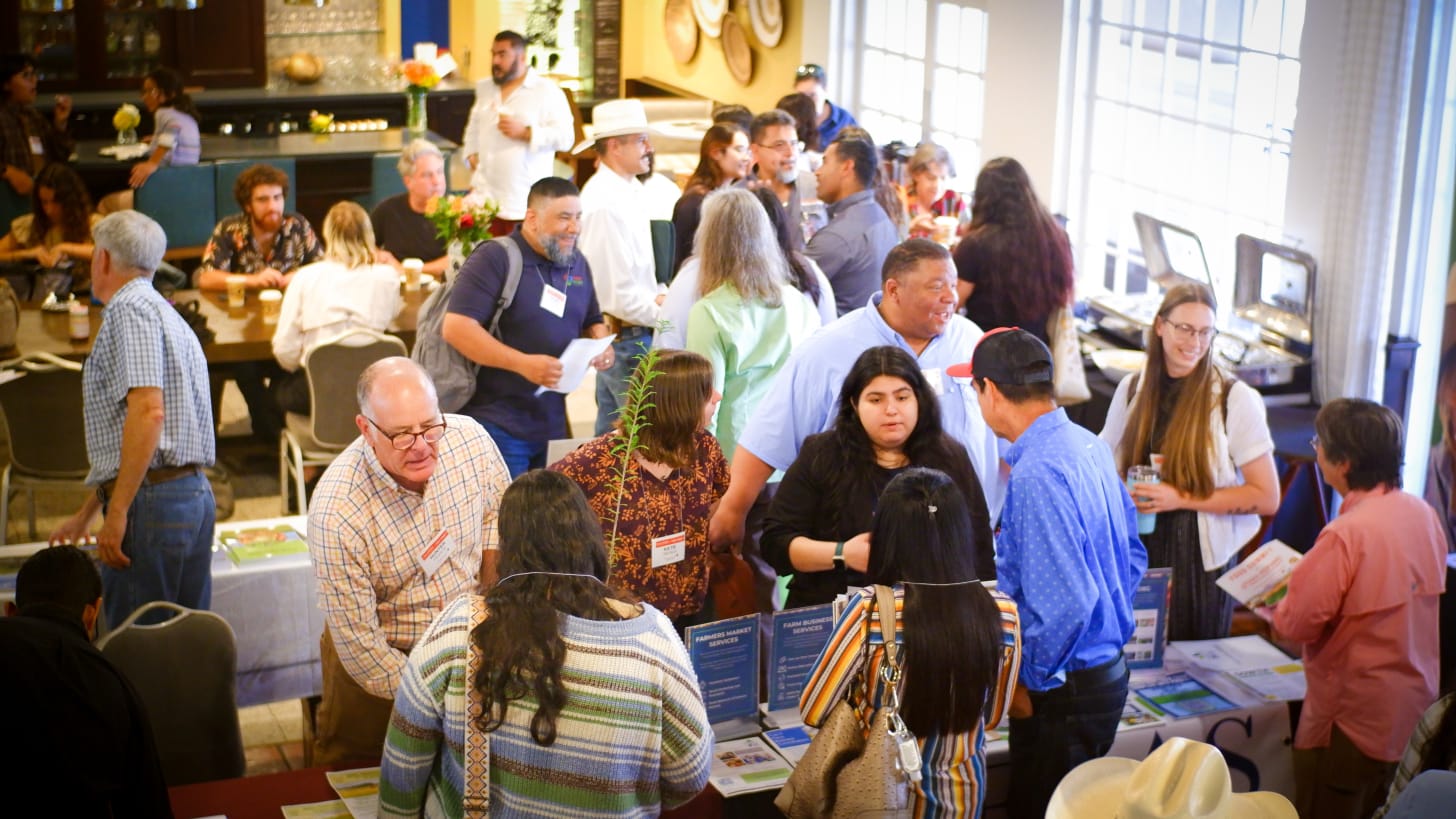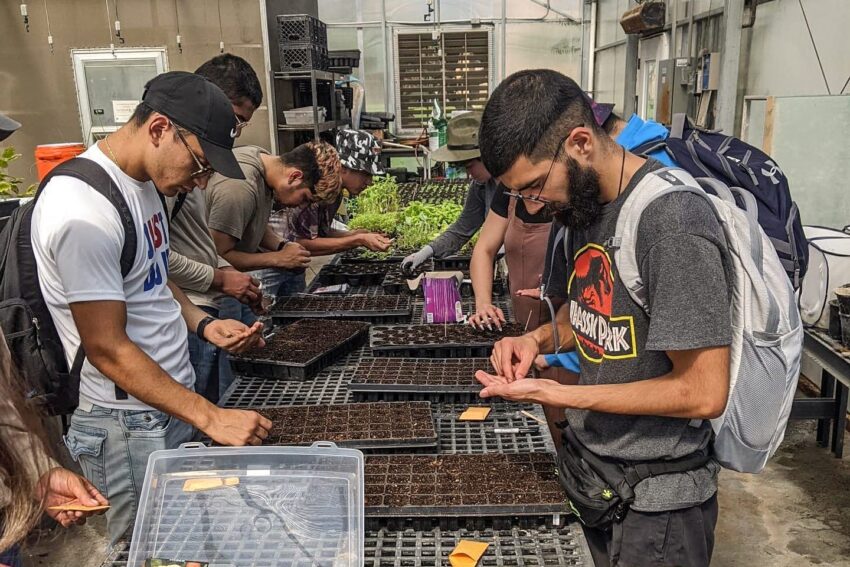
The Rio Grande Valley is a region of abundance, with mineral-rich alluvial soils of silt and clay brought by the waters of the Rio Grande and spread across the land by floods over centuries, giving rise to a year-round growing season.
The region is one of the most agriculturally productive in the world, growing unique regional cultivars of citrus and onion, along with more than 40 other major exports. Because most of these are fruits and vegetables rather than grains, the region punches well above its economic weight acre for acre, contributing to 70% of the produce in Texas, with the remaining exported to Mexico, Canada and across the United States.
Despite this, many people in the region struggle to access fresh, healthy food and face some of the highest rates of diet-related illnesses in the country. The U.S. Department of Agriculture categorizes more than half of all the neighborhoods in the Rio Grande Valley as food deserts. The child food insecurity rate, which measures the number of children with “limited availability of nutritionally adequate foods” in a given population, stands at 26% for the region, compared with 18% nationally.
Dr. Alexis Racelis, director of the University of Texas-Rio Grande Valley’s Agroecology and Resilient Food Systems program, says this gap between the Rio Grande Valley as a ”mass exporter of calories” and what many local families can access, or afford to eat, is what he and other food advocates in the region are calling the most disconnected food system in the country.
“We’ve done a ton of research, and we know that the Rio Grande Valley produces enough calories to feed itself and yet we’re in such desperate need,” said Racelis, who sees food and food production, as well as the labor and policy involved, as the central part of an even wider variety of entrenched social problems in these communities. “The region has so many food related issues, both in terms of diseases and also in terms of hunger and poverty, and these things are all collinear. They’re all related in some way.”
Racelis has been leading an effort to bring together a working group of farmers, educators, public health officials, students, community advocates, and other community members to design a more equitable and resilient regional food system for the Rio Grande Valley.

The group has convened regularly to talk about how food moves through the region from farms to family tables, and how that process affects health, labor and the environment. Together, they’re identifying where the food system succeeds and where it is failing local communities.
Hernán Colmenero, the founder of the locally based Institute for Ecology Scholarship and Health and a key facilitator in the working group along with Racelis, says the effort is part of a “movement of food sovereignty and regenerative and sustainable agriculture” that must solve challenges unique to a border community. “We’re contending with all of these nuances that the rest of the country doesn’t have to contend with, and so our solutions must look different.”
The effort by the working group, made up of dozens of local partners that Racelis says rotate in and out of the collective, sits on a long continuum of initiatives of self-determination in the region’s agricultural history. Any food equity movement in the Rio Grande Valley must stand on the shoulders of generations of agricultural laborers who have fought for dignity and justice in the region.
From the 1966 farm workers’ strike that started in the melon fields of Starr County and sparked a 491-mile march to the state capitol, to the 1979 onion strike in Raymondville that ended when McAllen’s mayor brought in outside workers to leave thousands of strikers without jobs, many have challenged the low pay and dangerous conditions that sustained the region’s agricultural boom. This is why agriculture in the region is perceived not merely as a business, but as a question of justice, equity and belonging.
Many people facing food insecurity in the Rio Grande Valley today are the children and grandchildren of the farmworkers who marched and went on strike in the 1960s and 1970s, demanding fair wages, water, shade and basic protections in the fields. Those workers helped build the region’s agricultural economy, but that system did not invest in the neighborhoods where they lived. Colonias and low-income communities still struggle with poverty, lack of infrastructure and limited access to fresh, affordable produce. The result is the stark paradox of families whose labor built the region and fed the country, but now live in the shadow of that success.
The work led by Racelis, much like the agricultural labor movements, reframes the region’s food system as a shared resource. In contrast to those labor movements and the organizations that still carry on their legacy in the region, it represents a more institutional but still community-centered approach.
So far, the working group has produced a vision document for the region that calls for cultivation of youth leadership, protections and dignity for labor, support for small producers, improved ecological stewardship and for solutions to make sustainable food culturally and economically accessible to more people in the Rio Grande Valley.

Local partners are now trying to implement that vision. At this year’s Rio Grande Valley Food Summit, organized by Colmenero’s organization, farmers, city staff and hunger relief groups described shared-use kitchens and cold storage for small producers who can’t afford their own, efforts to connect schools with local farms, grant support for family operations to compete for federal money, and “community champions” embedded in colonias to connect people to resources so that they are not forced to navigate institutions alone. The goal, they said, is a locally controlled system where the region feeds itself on its own terms and where the benefits actually reach the same neighborhoods that have historically been left out.
“We try to build this idea that the people are the agents of change and that we can’t wait for solutions to come from elsewhere,” Racelis said. “Austin is far, and D.C. is even farther. And when we’ve been asking for these things for the last 100 years, and resources barely come and trickle down to where we are, we need to look around, see who we have, and form a bucket brigade.”
The 2026 Rio Grande Valley Food Summit will take place from April 22-23 in Edinburg, Texas.
 Read more: Read More
Read more: Read More




